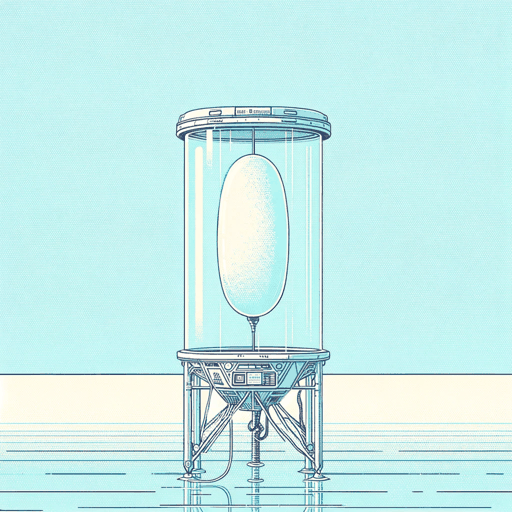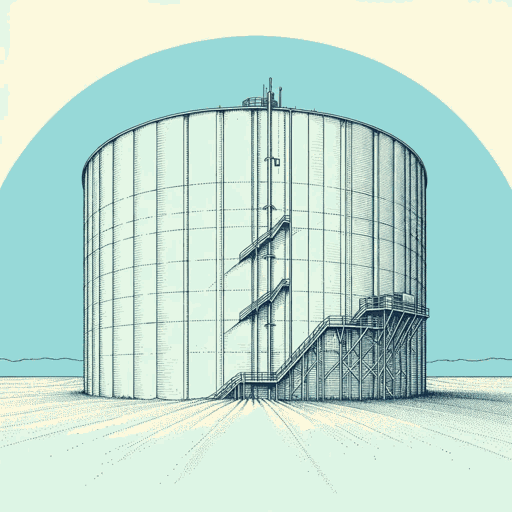53 pages • 1 hour read
Hugh HoweyDust
Fiction | Novel | Adult | Published in 2013A modern alternative to SparkNotes and CliffsNotes, SuperSummary offers high-quality Study Guides with detailed chapter summaries and analysis of major themes, characters, and more.
Themes
Gender Roles in a Dystopian Future
Dust features three female point-of-view narrators and emphasizes the independence, strength, and social power of women throughout while still interrogating—and sometimes reinforcing—a cis-heteronormative view of the world. It should be noted that the characters in Dust are nearly all implied to be cisgender, and “gender” is largely equated with reproductive function. While the dystopian future of the silos has largely eliminated some aspects of traditional gender roles, many remain as relics of a nearly forgotten patriarchal past, transforming women from independent actors into objects of sexual desire and reproductive utility. Comparing the novel’s three main female characters—Charlotte, Juliette, and Elise—shows how Dust explores the seemingly inescapable dehumanization women face in any version of the future.
All people in the silo system are aware that women are necessary to save the world—yet how this could be accomplished differs. Some women have enough resources to muster agency. For example, Charlotte uses her ingenuity to protect her brother, Donald’s, decision to counter Silo 1’s genocidal plans, while Juliette uses her power of personality to take the initiative to lead her people outside, where men have been too afraid or too misguided to go. In contrast, other female characters have limited options and are at the mercy of those around them.



